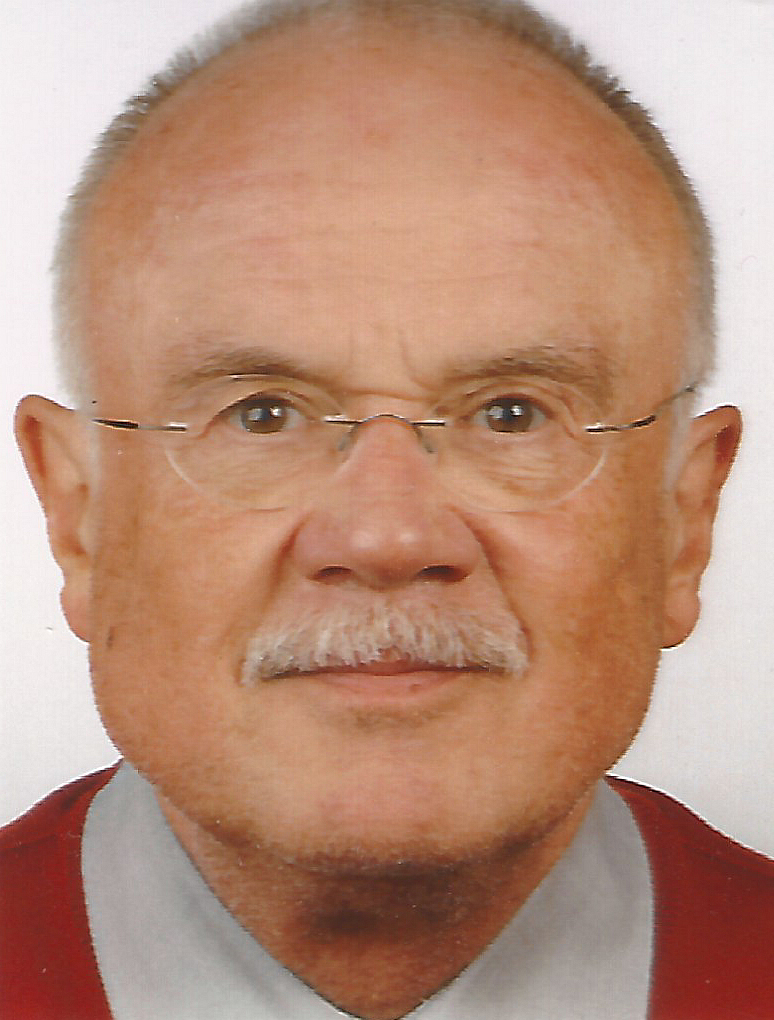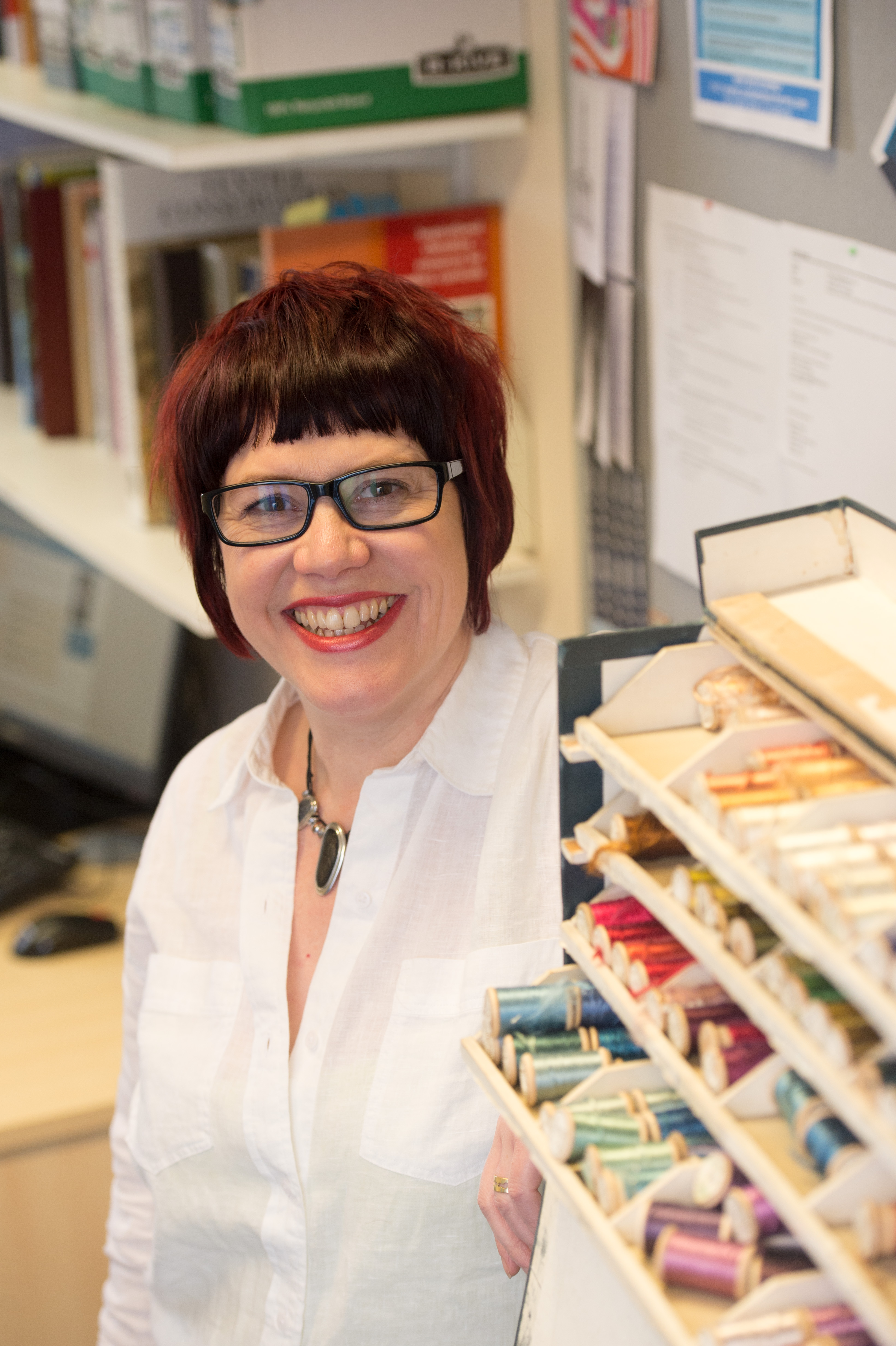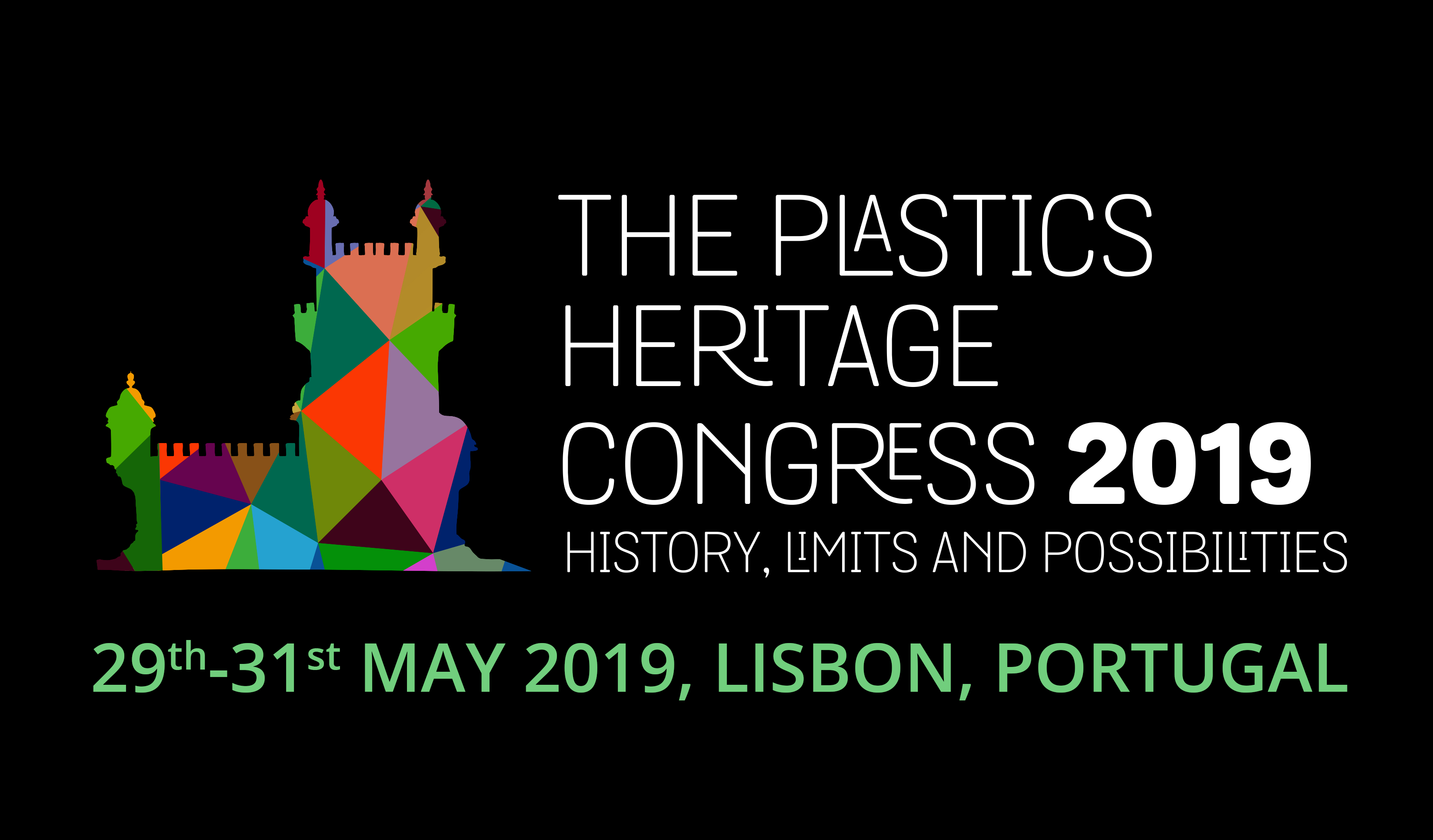Yhip 2019
Keynotes

Robert Friedel
Robert Friedel is Professor in the Department of History at the University of Maryland, where he has taught the history of technology and science and environmental history since 1984. He has been a historian at the Smithsonian Institution’s National Museum of History and (now the National Museum of American History and director of the IEEE Center for the History of Electrical Engineering. He has published several books focusing on the nature of invention in the late nineteenth and early twentieth centuries, a survey of technological history, A Culture of Improvement: Technology and the Western Millennium (2007), and numerous articles in a range of journals. His work with plastics and other new materials includes his book, Pioneer Plastic: the Making and Selling of Celluloid (1983) as well as both scholarly and popular articles. He has worked with museums extensively, including, besides the Smithsonian, the Deutsches Museum, the Nobel Museum, and the National Council of Science Museums (India).
Social History and Plastics – Some case studies
The technology of constructing and manipulating polymeric materials emerged in the late 19th century due to expanding scientific and technical understanding of materials and to rapidly growing markets and production capabilities in advanced Western economies. The introduction of all new materials takes place in a historical context that shapes the ways in which they are received, used, and modified. Studying this context and the ways in which new materials modify and are modified by the social setting in which they are introduced gives us important insight into the significance of the materials and how they should be interpreted today. Three case studies of early plastics will be used to demonstrate some of the approaches and conclusions that historians draw from looking at materials and their historical contexts.

Günter Lattermann
Dr. Dr.h.c. Günter Lattermann graduated in chemistry and has a PhD in Macromolecular Chemistry, University Mainz. He was Academic Director in the Department of Macromolecular Chemistry at the University of Bayreuth, where he had a research group on polymeric liquid crystals and gel formation. He supervised 19 ‘Diplom’ (MA) thesis and 10 PhD thesis. In this time, he organised numerous conferences, participated at many international congresses and published 64 articles on polymeric chemistry, liquid crystals and gel formation. From 1990 onward he collected artefacts of historic polymeric materials (~1650), founded from 2005 onward the ‘German Society for Plastics History’ dgkg, the Documentation Centre for Materials History DOMA, Berlin and the ‘Plastics Heritage European Association’ PHEA. He is currently senior lecturer at the University of Applied Science HTW Berlin and at the Technical University Munich, teaching: “History and Basics of Polymeric Materials“. He organised the first four international Plastics Heritage conferences and is the PC Chairman of the PHEA Plastics Heritage Conference 2019. He has 27 publications on historic polymeric materials (Hipoms) and plastics design.
Heavy Pressures, Hot Forms – Early Plastic History
“Future needs heritage”. This dictum of the philosopher Odo Marquard is valid for plastics too.
We don’t understand the role of plastics in present and future trends as well as challenges, if we are not acquainted with their historical development and their role in our common cultural heritage. If present however, the knowledge about plastics heritage risks to be lost without its preservation.
With respect to plastics history and heritage, plastics has a longstanding evolution. Historic polymeric materials (Hipoms) comprise not only the older semisynthetic (e.g.crosslinked caoutchouc (rubber), hardened rubber, casein-formaldehyde (CSF), cellulose nitrate (CN), cellulose acetate (CA)) and the later on synthetic materials (e.g. early thermosets: phenol formaldehyde (PF), urea formaldehyde (UF), melamine formaldehyde (MF), early thermoplastics like polyvinyl chloride (PVC), polymethylmethacrylate (PMMA), polystyrene (PS), polyethylene (PE), polyamide (PA), polyacrylonitrile (PAN), polyurethane (PU), polycarbonate (PC), polyester (PES) etc., early synthetic rubbers, early composite materials), but also the very old history and large number of natural polymeric materials like amber, bitumen, proteins (horn, glutin, egg white , blood proteins, casein, etc.), natural resins, lacquers and varnishes (asian lacquer, copal, shellac, linseed oil etc.), natural fibres.
Mostly, those materials have been covered by many different, separated areas of expertise. However, their chemical and physical principles are the same or very similar to the more modern material., their understanding is necessary for their handling.
In this context, the talk will introduce into the continuous development of Hipoms, belonging to our cultural heritage –

ANITA QUYE
Dr Anita Quye is the Senior Lecturer in Conservation Science at the Centre for Textile Conservation and Technical Art History and currently Head of History of Art, University of Glasgow. She specialises in the chemical characterisation of historical dyes and synthetic plastics and fibres in museum artefacts and archives, with particular interest in nineteenth century industrial production processes of commercial materials. She has published widely in the field, including the co-edited book Plastics: Collecting and Conserving, and initiated several interdisciplinary research and knowledge exchange networks for historical plastics and textile manufacture. Prior to her lectureship, Anita was the Principal Organic Analytical Scientist for National Museums Scotland, Edinburgh. Anita has a BSc (Hons) in Chemistry from the University of Strathclyde and a PhD in Forensic Toxicology from the University of Glasgow.
Reactions, interactions and cross-linking – impactful pathways in plastics cultural heritage research
Researching plastics in cultural heritage is undeniably challenging. Chemically complex and physically diverse in their formulations, plastics are manufactured by commercial production to fulfil a wide spectrum of expectations and needs for consumers and users, from ephemeral disposable every-day to long-life quality to creative artistic uniqueness.
As plastics continually and increasingly embed themselves in cultural heritage collections worldwide, their care and interpretation is measured in concepts of value. This significance is a dynamic currency, reflecting and responding to past perceptions of plastics, how they are interacted with today, and opinions on future worth and purpose.
Researchers of plastics in cultural heritage strive to understand materiality and value using different investigative approaches across sciences, arts and humanities. Impact come about when pathways between these multiple perspectives form from junctions at the interfaces of material interactions and reactions in the realms of physical science and technology meeting with interactions and reactions between people in the realms of arts, humanities and social science.
Research with impact for plastics in cultural heritage is therefore a cross-linking of multiple perspectives, communication and knowledge exchange. This talk opens up discussion about how successful research pathways for the evolving needs of cultural heritage plastics are negotiated, created and recognised, exemplified by projects, networks and personal encounters.
